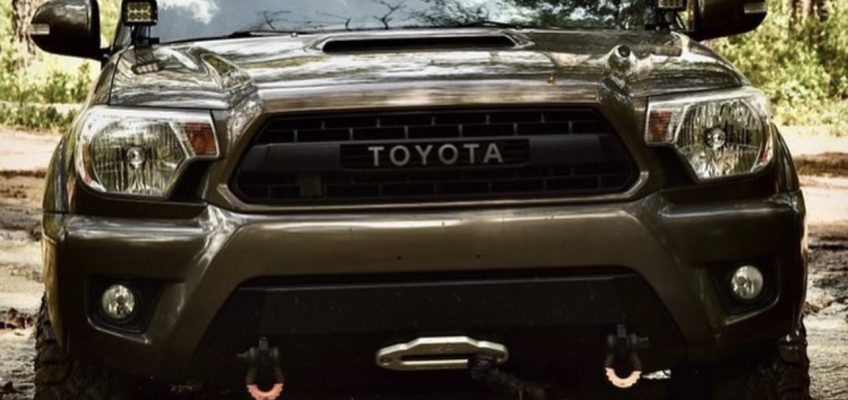Ask an expert.
Ask an expert.

Whether you are looking for your next weekend trip or you are planning your yearly trip, some prep work always needs to be done to make this trip memorable. The first step is checking out recent local maps of the area and seeing what obstacle lies ahead. And there it is! This time Mother Nature is adding some water crossings to your ride. This water crossing may range from small streams, forging a river, or mud puddles that form after a good rain on the trails. What do you need to know about this situation?
Is Your Vehicle Ready?
One of the first questions you should ask yourself is whether or not your vehicle is prepared. This includes checking on your differential breather, making sure that its location is in an elevated location. Another thing to check is if your air intake will be able to function at the water level you expect to cross into or whether a snorkel might be the safer option. Once you do start getting into the water rising above this point, I would advise having some prior experience or being in a group with someone who has the expertise of high water crossings. The last thing you would want is for your engine to be sucking in all that water in the middle of a crossing!
Another question that people tend to forget is whether their engine bay is sealed. Ask yourself: Are your electronics, like ECUs and fuse boxes, sealed or able to handle being exposed to the water? Don’t forget to include looking up your vehicle specifically to see what other components need preparation.
One of the last things on your checklist should be to include a recovery method or two. (One is none and two is one right?) Ask yourself: If I lose momentum and get stuck, do I have a way to get out? The two simplest ways would be with your personal winch, the second would be another rig or another vehicle’s winch.
How do you assess whether you should attempt the crossing? You should always check the map of the areas you are traveling to beforehand. I recommend using the Gaia app to pull map overlays of possible locations of water crossings. Let’s use the Ozarks as an example area. Check-in with the rangers stations for current conditions and most online groups will give you some current or recent information about the conditions you may face such as: are the rivers currently higher than normal? Is the area expecting more rain? What are the normal levels during this time of year?
Let’s imagine that you are now on the trail and approaching one of these watery areas. One of the easiest ways to check the current conditions is to stop and get out of your vehicle. Take the time to walk through the water. This will allow you to find the depth, bottom conditions, possible obstacles, and if it is a moving source, the rate of the flow.
When you are ready to go, ease into it. Be sure to maintain a constant speed. The forward momentum will help with the water level inside the engine bay. By “sending it” can cause your vehicle to hydro lock or other damage like the fan breaking and cause a large wake. We should always try for a tread lightly principle.
Be sure to note if your engine dies, do not restart the engine. Exit the vehicle and prepare for recovery. Some helpful tips beforehand:
This principle should always apply for the entire experience but don’t forget to tread lightly. We want these trails to remain open for us and the generations to come. Don’t forget to do your part when it comes to treading lightly through water crossings and enjoy it while it lasts!
Take it slow and steady, try to not make a large wake. This will help with the erosion of the waterway and is less likely to disturb the area. Cross only at designated areas. Be sure to stay on trail and don’t destroy the nature we love. Try to travel across hard-packed areas like hard rocks as opposed to muddy and rutted-out areas.
{"one"=>"Select 2 or 3 items to compare", "other"=>"{{ count }} of 3 items selected"}